
Revive Stronger
The Problem & Solution to ‘IIFYM’
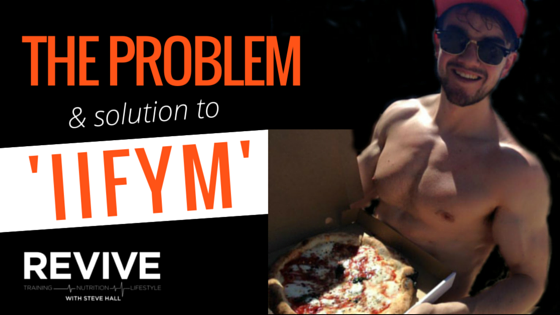
If It Fits Your Macros
Personally I prefer If It Fits Your Mouth…
Now over the past 5 years or so IIFYM has exploded, like when you cook your oats too long in the microwave, everything is fine until…
— BOOM MESS EVERYWHERE —
So now it requires a bit of cleaning. In that I personally feel there are some people using IIFYM who maybe shouldn’t be and they need to be cleansed (and not via clean eating bro).
Table of Contents
Defining IIFYM
Before I go any further I think it is important to define IIFYM, in short you have protein, fat and carb numbers to hit, and you can pick and choose any foods you like to hit these macros by the end of the day.
IIFYM is not a diet, rather more of a concept, because all diets contain macros and by default if you’re following a diet you’re somewhat hitting your protein, fats and carbs. What IIFYM allows for is some freedom in food selection, in that rather than sticking to a limited number of foods you can expand your palate and pick other foods that also allow you to hit your required macronutrients.
So maybe one meal in your calls for 100g of chicken, 60g of rice, 100g of broccoli and 15g of almonds, and really don’t fancy that in the slightest, by using IIFYM you can focus less on the foods and more on what they give you. So this meal contains this many grams of protein, fats and carb, so using that information you can look to hit those numbers with some different foods, say; 40g of whey, 60g of oats and 80g of blueberries.
This can be taken a step further so you look at your entire days macros and then find foods to hit those, rather than following a set meal plan.
Problem #1 – You don’t know How to Play the Game
IIFYM has grown so big that many people have skipped a stage of dieting. By that I mean a lot of the initial advocates of IIFYM like myself (I started using this concept over 4 years ago) came from a background of what might now be referred to ‘bro dieting’ or ‘clean eating’. Whatever the diet it was restrictive and gave a very clear and structured way to eat, this provided some sort of education about food.
I have old meal plans with over 6 meals spread through the day, full of lean proteins, ‘healthy’ fats, veggies and fruit. Whilst I was way overeating protein and didn’t have my calories right, it did provide a solid foundation for a diet to be based upon.
Whereas people who now don’t have this past are seeing IIFYM and going balls deep. Peoples eyes light up when they hear “you can eat whatever you want so long as it fits your macros”. Almost like a bit of a game of Tetris, the food being the blocks and the gap they have to fill being the macronutrients required to hit. The problem is often down to the way they play the game, rather than having a methodical and well-balanced approach, they’re just chucking in whatever fits.
[bctt tweet=”Peoples eyes light up when they hear, you can eat whatever you want so long as it fits your macros” username=”revivestronger”]
This often leads to a situation in which they have a really obscure hole left to fill, they’re waiting around for something they want to fill it with, but nothing is coming.
Game over.
Those new to IIFYM often don’t have a good foundation for a diet and as seen end up trying to cram in goodies.
7AM BREAKFAST: Pour a protein shake over granola & cocoa pops
11 AM SNACK: Protein bar
2PM LUNCH: Go out to Subway & get a foot long with double cheese
…oh wait, you were only on 50g of fat for the day, you’ve now got 50g protein left, 150g carbs and no fat, and it’s only 2pm…
This leaves them killing off their macros fast, leaving them empty, hungry but without any macros to spend. This leads to overeating, failing the game and this could actually lead people to claim that IIFYM doesn’t work, which is false.
You’re too new to IIFYM, you don’t know how to play the game.
Problem #2 – Modern Macros
OK so maybe you’re a bit more experienced, you realise there is more to this game than just macros. You understand you need to hit your fibre and manage your intake better so you don’t overeat.
You got skill.
The trouble is our modern environment provides such a vast selection of ways to get your food in. For example 20 years ago if you were to ask someone what would be a high source of fibre they’d probably say something like beans or whole grains. Whereas, ask someone today and no doubt you will get someone shouting “QUEST BARS!”.
How times have changed.
What’s wrong with modern macros? Nothing inherently, but they shouldn’t be the corner-stone of our diets and I don’t think quest bars should be your go to source of fibre. Studies show that whole-foods are more filling and help us maintain a lean body composition. [1] Plus be honest, you didn’t need a study to tell you that.
Furthermore, minimally processed foods contain more micronutrition [2] vitamins, minerals etc. that are vital for good health. Plus these modern foods often contain trans-fats and research currently suggests we should aim to limit our consumption of these. [3]
[bctt tweet=”Studies show that whole-foods are more filling and help us maintain a lean body composition” username=”revivestronger”]
OK the body might not be able to tell the difference between eating an apple and eating gummy bears when macros are matched, because both will eventually become glucose, but this forgets an important area; micronutrition. From a young age I hope most of us have it driven into us that fruit and vegetables are important by our parents. Now our parents weren’t just having us on, fruit and vegetables have shown to help lower the risk of many chronic diseases such as; cancer, heart disease and diabetes. [4]
Hitting your fibre and macros by eating quest bars, cereal and whey protein is not the same as getting it from mainly fruits, vegetables & whole grains. Our diets should always be built upon unprocessed foods over processed foods, however calories are still king. [5]
Furthermore, now we’ve got our macros to spend on what we want the lure of eating out is pretty big. Just like there is nothing wrong with modern-day foods, there isn’t anything inherently wrong with eating out. However, this becomes a problem when a large proportion of your grub comes from restaurants.
Why is this a problem? Surely if you hit your macros, and you’re eating mainly unprocessed foods you can eat out as much as you want? The problem is restaurants don’t care about your macros, they only care about making money and they make money by providing you tasty food, and tasty food is calorific.
— Hang on Steve, the restaurant actually provides its macros, so it’s OK.
[bctt tweet=” restaurants don’t care about your macros” username=”revivestronger”]
Hmmm don’t be so sure.
Restaurants are allowed by law to miss-report Calories by 20% [9], that means that Cheeky Nandos you thought was 800 Calories may have been 960 Calories or 640 Calories. Now you can see how this could become a problem if a large amount of your diet comes from restaurants, I mean just check the graph below, even supermarket convenience meals aren’t entirely accurate.
Again this isn’t to say you can’t eat out or enjoy delicious foods, but they should be somewhat moderated to allow you to see the best results possible.
Problem #3 – The #WholeTubClub
Ever seen this hashtag before? If you haven’t then let me inform you; basically it’s this really cool club in which only people who eat an entire tub of ice-cream/froyo can enter, and it isn’t really a club, or real, but a hashtag people use when they save up loads of macros for a tub of the chilled stuff.
I’ve literally seen and heard people who are dieting and on less than 2000 Calories living off salad and chicken all day so they can ‘fit in’ an entire tub of Ben & Jerries. Now it doesn’t have to be Ben & Jerries, or even ice cream, but eating very little or even fasting all day to effectively binge at night isn’t a great idea.
What’s the problem with this?
Surely if Calories are abided to and Macros are hit then the person is OK to do it?
Issue #1: Breaks the 80/20 Rule
The 80/20 rule essentially dictates that 80% of your foods come from minimally processed foods as we discussed above and a maximum of 20% come from other sources. This is basically moderation, you’re ensuring you get enough of the ‘good’ which leaves space for a bit of ‘bad’. This is also commonly referred to as Flexible Dieting, and it’s fantastic.
If you’re dieting or have a small Calorie intake than saving all your macros for a night-time feast on Ice Cream is probably breaking this rule.
Macros in 1 Tub of Chocolate Fudge Brownie Ben & Jerry’s:
We can pretty much all agree that Ben & Jerry’s should probably be put into that 20%, and so for this to be justifiable a person should be on over 6000 Calories, because 1225 is 20% of 6125. Now I don’t know about you, but I don’t know many people who are on more than 4000 Calories, let alone 6000.
What someone might do to justify an entire tub is say they’re on 3000 Calories, and so an entire tub would be 40% of they’re intake. Possibly they would eat 100% wholesome, unprocessed foods for one day, thereby giving them an extra 20% to use another day. As we know it is the bigger picture that matters.
Issue #2: Poor Timing
Now nutrient timing does matter, but comes after total calories and macronutrients. Thus, eating a massive meal before bed that hits your calorie and macro needs is better than any nutrient timing strategy that fails to hit calories/macros. However, if you have the ability to somewhat control your timing it can help improve your results. I know personally it wouldn’t sit well with me if I could be stronger and more muscular if I just adjusted the time I ate.
[bctt tweet=”if calories aren’t hit anything else you do means jacksh*t” username=”revivestronger”]
For example, protein cannot be stored in the body like fat and carbohydrate, and thus it is quite important for muscle growth and retention to have a continual supply of amino acids available. Furthermore, recent research is showing the importance of keeping Muscle Protein Synthesis (MPS) elevated, this is essentially muscle growth. Research has found that around 0.4g per kg of bodyweight of protein provides sufficient leucine to maximally stimulate MPS, anything more and we don’t see any further increases in MPS. [6]
This is illustrated below, two different eating patterns with the same total protein intake, but one splits up their intake relatively evenly whereas the other does not. The longer we can keep MPS maximally stimulated the more muscle we can grow. My suggestion is to split your protein intake between 3 to 6 meals per day, this should provide sufficient protein to max MPS each time and have you digesting protein and have amino acids in your blood stream almost constantly.
However, remember the priorities; Calories and then Macros, it doesn’t matter if you have the most optimal protein dosing strategy, if you mess up your Calorie intake you’re wasting your time. Furthermore, if you do have a sub-optimal eating pattern it isn’t like you see no results, if you hit your Calories and Macros you’ll still get good results, just they could be even better.
Furthermore, when people eat in this way they can often develop bad habits with food, almost as if the day time is a purge and the night is the binge. If people are not careful this can spiral out of control, and I have had conversations with people who have seen this happen, their binges get out of hand.
Timing of meals also becomes of greater importance when dieting or performing multiple bouts of exercise in a day, particularly carbohydrates because we’re more likely to become depleted of glycogen, which will lead to our gym performance decreasing. Overall it appears sandwiching your workouts with carbs has a small advantage to having no timing strategy at all, [8] I have also experienced this personally and with my clients.
Solution: Start with a Walk-through Guide
You know like in a game you can buy walk-through guides, they tell you how to complete the game most efficiently and effectively. In Grand Theft Auto there are secret packages, you could wonder round the map endlessly, probably get bored and kill and bunch of people, and run away from the cops as long as possible until you eventually die.
Now you shouldn’t die when you don’t have a successful dieting gaming strategy (it depends how bad it is!) but you will likely waste a bunch of time doing stuff that isn’t productive. A walk-through guide as said will give you what you need to take you onto the path of success.
Your Walk Through Guide:
1.] Workout Your Macro Split:
You can do that here; Your Tailor Made Diet.
2.] Protein with all Meals:
Splitting your protein throughout your day has several benefits, a big one being it will keep you full and thus help prevent snacking. Plus if you make sure each meal contains protein you’ll likely hit your required amount without going over calories. For us seeking to drop fat and gain muscle this is important.
3.] Meal Composition:
All meals should be made up of mostly wholesome, minimally processed foods with at least one fruit or vegetable. Again by focussing on these foods you will provide yourself with plenty of nutrients, fibre and keeping you healthy and full.
4.] Meal Timing:
Timing of your meals should be dictated by preference and lifestyle for the most part. However, having 3 to 6 meals per day seems best for most, allowing them to hit their macros effectively, keep energy levels up and avoid getting needlessly hungry.
This Walk Through Guide provides a fantastic foundation for those who want to do IIFYM but don’t know where to start. It’ll get you hitting your fibre goals, eating plenty of wholesome foods, keep your performance high and leave you full & satisfied.
…maybe with left over calories for some treats in the evening?
Once you have that down you can really benefit from using a macro guided meal plan to take things up a notch, you can create your own custom meal plan using the guidelines in this article.
I’m not saying IIFYM doesn’t work.
Or that Food Composition & Timing trumps Calories & Macros.
I am saying that you need to eat sensibly, with some sort of intelligent structure, to fuel your body effectively. So you can perform & feel your best, without feeling the need to stray from your diet.
WHAT NEXT?
IIFYM can be great, so long as there is some guidance there, want extra guidance? Check out this piece; Macro Guided Flexible Dieting.
Join my free facebook group or add me on snapchat (revivestronger) and ask your question there, I will respond asap. Or if you’re after a fresh training programme I have a free 4 week plan using DUP that you can download for free here.
One more thing…
Do you have a friend who would love the above? Share this article with them and let me know what they think.
[bctt tweet=”The Problem & Solution to IIFYM” username=”revivestronger”]
- Rebello CJ, Liu AG, Greenway FL, Dhurandhar NV. Dietary strategies to increase satiety. Adv Food Nutr Res. 2013;69:105–182. doi:10.1016/B978-0-12-410540-9.00003-X.
- Livingstone MBE, Rennie KL. Added sugars and micronutrient dilution. Obes Rev. 2009;10 Suppl 1:34–40. doi:10.1111/j.1467-789X.2008.00563.x.
- Mozaffarian D, Aro A, Willett WC. Health effects of trans-fatty acids: experimental and observational evidence. Eur J Clin Nutr. 2009;63 Suppl 2:S5–21. doi:10.1038/sj.ejcn.1602973.
- Boeing H, Bechthold A, Bub A, et al. Critical review: vegetables and fruit in the prevention of chronic diseases. Eur J Nutr. 2012;51(6):637–663. doi:10.1007/s00394-012-0380-y.
- Surwit RS, Feinglos MN, McCaskill CC, et al. Metabolic and behavioral effects of a high-sucrose diet during weight loss. Am J Clin Nutr. 1997;65(4):908–915.
- Macnaughton, L & Witard O. New insights into protein recommendations for promoting muscle hypertrophy. The Sport and Exercise Scientist. Issue 41. 2014
- Stote, KS, et al, A controlled trial of reduced meal frequency without caloric restriction in healthy, normal-weight, middle-aged adults. Am J Clin Nutr, 2007 85(4): p. 981-8
- Mike Israetel et al. Renaissance Periodisation Diet.
- http://www.accessdata.fda.gov/scripts/cdrh/cfdocs/cfcfr/cfrsearch.cfm?fr=101.9
We are a personal coaching service that helps you achieve your goals. We want you to become the best version of yourself.


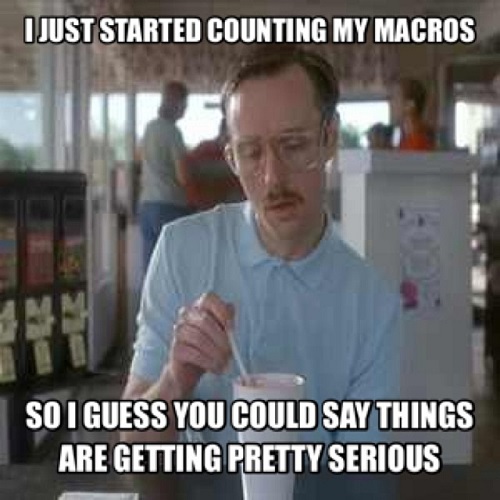

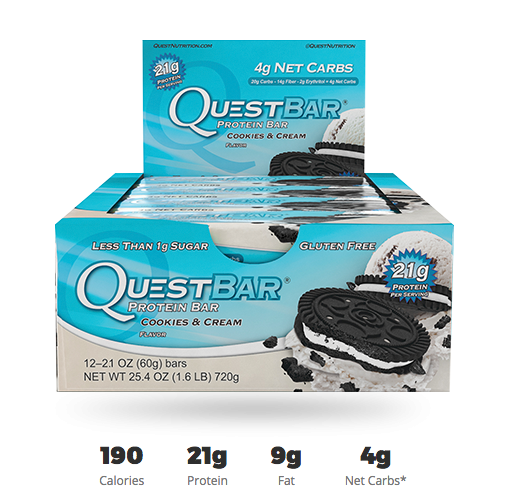

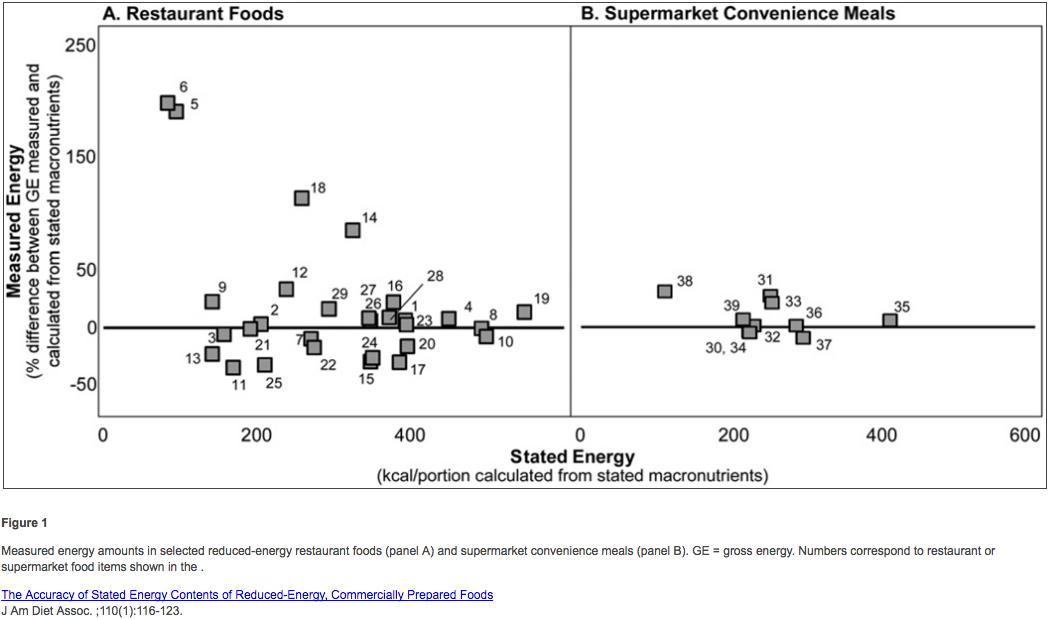

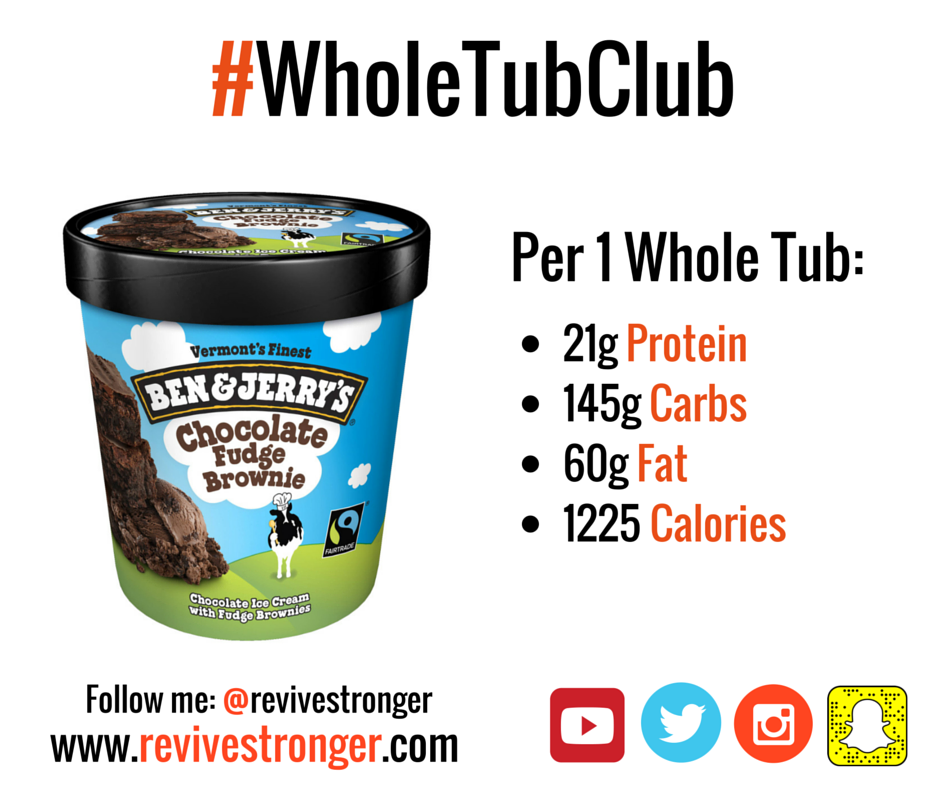
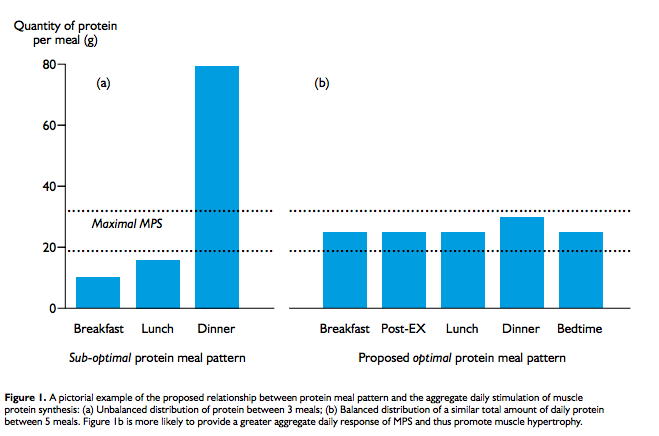
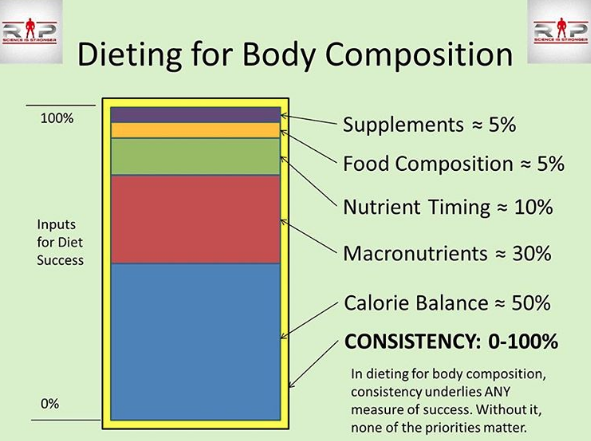




Comments are closed.